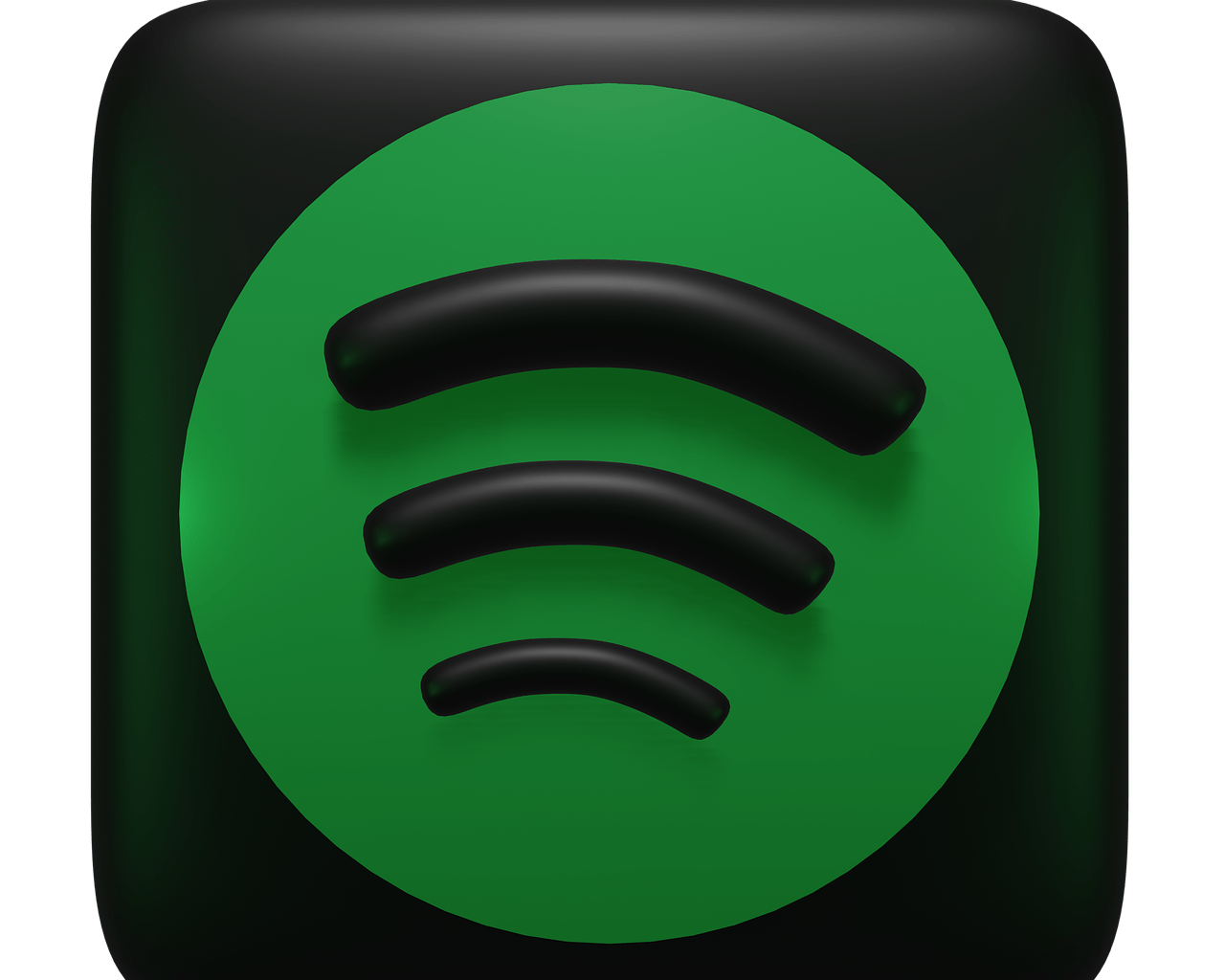Spotify has become a household name, synonymous with streaming music worldwide. But how did it all start? This blog will take you through the incredible origin story of, shedding light on its humble beginnings, revolutionary ideas, and its global impact on how we listen to music today.
The Birth of Spotify
Spotify originated in 2006 in Stockholm, Sweden. Daniel Ek and Martin Lorentzon, the founders, had a vision to combat piracy in the music industry and provide a seamless platform for users to access their favorite tracks legally. Piracy was rampant in the mid-2000s, with platforms like Napster and LimeWire enabling illegal downloads. Spotify was born out of a desire to solve this problem while ensuring artists and record labels received their due compensation.
Spotify’s Early Challenges
Like many startups, Spotify faced numerous hurdles in its early days. Negotiating licensing deals with record labels was one of the biggest challenges. Convincing these stakeholders to embrace a new way of music distribution was no easy feat. The founders worked tirelessly to secure rights for a comprehensive music catalog that would attract users to their platform.
Another challenge was funding. Building a robust platform required substantial financial backing. However, investors soon realized the potential of a service like Spotify in a world moving toward digital solutions, and the company gradually secured the funding it needed.
The Official Launch
Spotify officially launched in October 2008, initially available only in select European countries. The platform’s unique features set it apart from its competitors. Users could stream music instantly, create playlists, and discover new tracks—all for free, albeit with ads. This freemium model became one of Spotify’s key strengths, allowing users to upgrade to a premium, ad-free experience for a subscription fee.
Revolutionizing the Music Industry
Spotify’s origin marked the beginning of a revolution in the music industry. It shifted the focus from music ownership to music access. With Spotify, users no longer needed to buy individual albums or tracks. Instead, they could access millions of songs anytime, anywhere.
This shift also benefited artists and record labels, offering a legitimate source of income in the wake of dwindling CD sales and rampant piracy. Although debates about artist compensation continue, Spotify provided a framework for fairer revenue distribution.
Expansion to Global Markets
After its initial success in Europe, Spotify set its sights on global expansion. The platform entered the U.S. market in 2011, marking a significant milestone. With each new country, Spotify adapted to local music tastes and trends, creating playlists and recommendations that resonated with diverse audiences.
Spotify’s global reach expanded rapidly, making it one of the most recognized music streaming services worldwide. By leveraging user data, Spotify curated personalized playlists like “Discover Weekly” and “Release Radar,” enhancing the user experience and fostering deeper engagement.
The Role of Technology
Spotify’s innovative use of technology played a crucial role in its success. The platform utilized advanced algorithms to recommend music based on user preferences. These recommendations became a key feature, helping users discover new artists and genres effortlessly.
Additionally, Spotify’s seamless integration across devices—from smartphones to smart speakers—ensured a consistent listening experience. The platform’s focus on usability and convenience kept users hooked, further solidifying its dominance in the market.
Challenges and Controversies
Despite its success, Spotify’s journey has not been without challenges. The platform has faced criticism over artist compensation, with many arguing that streaming revenues are insufficient for smaller artists. High-profile disputes, such as Taylor Swift pulling her music from Spotify in 2014 (later resolved), highlighted these issues.
Spotify has also navigated legal battles and competition from rivals like Apple Music, Amazon Music, and Tidal. However, its focus on innovation and user-centric features has helped it stay ahead of the curve.
Spotify Today
Today, Spotify boasts millions of subscribers worldwide and an extensive music catalog featuring tracks from every imaginable genre. It has expanded its offerings to include podcasts, further solidifying its position as a comprehensive audio platform.
The company has also invested in exclusive content and features like live audio sessions, appealing to a broader audience and staying relevant in an ever-changing digital landscape.
Conclusion
Spotify’s origin story is a testament to innovation, perseverance, and a deep understanding of changing consumer behavior. What started as a small startup in Stockholm has grown into a global powerhouse, redefining how we experience music.
As Spotify continues to evolve, one thing remains clear: its journey from to global dominance is an inspiring tale of how technology can transform industries and enrich lives.
For further reading, explore these related articles:
- Wynk Music Plans: Everything You Need to Know
- Unlock Your Music’s Potential with Musixmatch for Artists
For additional resources on music marketing and distribution, visit Deliver My Tune.






